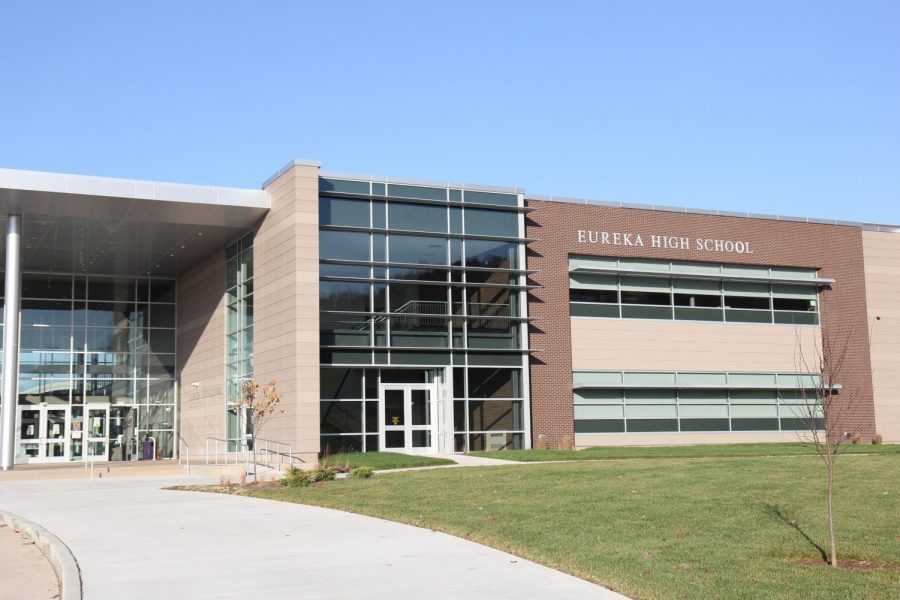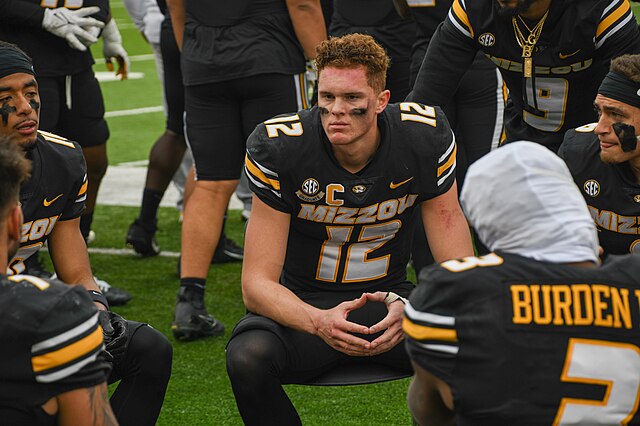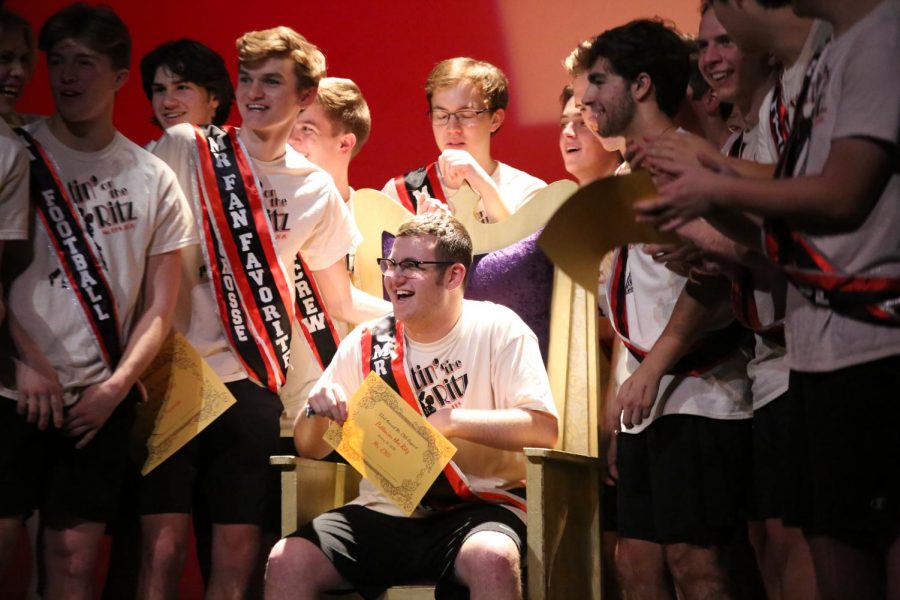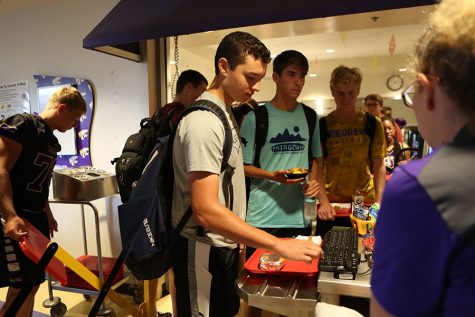Focusing on the future
Teachers prepare for 2019-2020 schedule during early-release days
Andy Gensler, L.A.; Jessica Williams, Academic Stretch; and Cassie Rennie, Music attempt a listening task during a professional development day to teach staff about dyslexia, Aug. 10. Teachers will be training for a new high school schedule during the four early-release dates.
RSD added four half days to the high school calendar (Sept.12, Oct. 10, Jan. 18, Feb. 15) to train teachers on a new schedule that will be implemented for the 2019-2020 school year. The schedule will be a hybrid-block style that includes flex time, an hour of unstructured time incorporating lunch where students are given freedom to use the time as they see fit: visit teachers during office hours, attend a club meeting, work with a group on a project, etc.
“I think it will be nice to have a time during the day where you can get help,” Keridan Gossrau (11) said. “But it will be really hard to adjust to since we’ve been doing the standard schedule.”
Although the new schedule has not yet been finalized, a block style school day will look much different than the current schedule in regards to class length, lunch and free time.
According to Dr. Renee Trotier, RSD Director of Learning Development, each class would essentially be blocked at some point during the week. This would all depend on which days each high schools decide to make A, B or C days. In addition, the activities students will be allowed to do during flex time will be defined by EHS staff–one of the agenda items of these half day developmental meetings.
The High School Program Design Committee developed four main pillars to guide their work as they looked the future of the high school program . The administrators, teachers, parents and students on the HSPDC wanted all decisions to be student-centered, build student ownership of their learning, create authentic experiences and be connected to the community.
After meeting, the HSPDC recommended a change in the master schedule to better fulfill these pillars. They also proposed the idea of flex time.
Flex time would include the following activities, according to Trotier:
- Academic enrichment during the school day
- Time to get help from teachers outside of class
- Meeting with counselors for social/emotional needs
- Time for interest-based work
Future students will have a 64-minute break from the routine of school in the middle of their days.
A scientific paper written by the U.S. Army Research Institute about increasing productivity highlights that a schedule where one does work for 90 minutes and then takes a minimum 15 minute break is the most effective in producing efficiency in learning.
After 180+ minutes of learning, high school students will get 60 minutes out of the classroom. While the new schedule may not exactly reflect work and break time as outlined by the USARI study, the ratio is is similar.
In addition, the hour-long break may have a beneficial effect on students’ general health and well-being.
Stress can increase chances of heart disease and depression, according the American Psychological Association. In order to decrease stress, the APA recommends taking frequent breaks to let your brain relax.
As suggested by the APA, this added time spent out of the classroom will fulfill distressed high schoolers’ desires for rest time.
“It’s stressful.Your schedule is just one thing after another with no down time,” Trotier said. “We don’t do that to adults. Adults have an hour off.”
Trotier stressed that flex time could be used for a variety of purposes, and one of its biggest impacts will be that it will teach students time management skills.
“What we’re trying to do is give you some time in the day to take care of the things that you need while you’re here in this protected environment and your teachers can help teach you how to use that time,” Trotier said.
Faculty and students alike will have to negotiate the logistics, and these logistics will be the work of these early-release days.
“Some teachers will get a crazy amount of kids going to them, and they’ll be some teachers that have a free hour,” Dominic Armijo (11) said. “How can a teacher who’s being bombarded by all these kids help every single one?”
However, with the freedom of flex time also comes more accountability. No one in the high school knows how flex time will work just yet. Teaching students how best to use that time will be a process.
“I just feel like some people shouldn’t be given that responsibility to be able to just roam around for that whole hour,” Rachel Colley (10) said.
“If we advertise it in a way where it’s beneficial and they could really get work done and take care of what they needed to take care of, I think they would buy into it,” Kristina Welch, HSPD Working Committee, said. “I think it would be a positive experience.”
Fortunately, the purpose of these added in half days is to ensure that the transition between the current schedule and the blocked schedule with flex time is a smooth one.
On early release days, students will start school at 8:28 A.M. as normal. Their schedule will be similar to that of a normal day, but classes will be shortened to 23 minutes. There will be two half-hour lunch shifts before students depart at 12:16 P.M.
Sophomores will be taking the pre-ACT on the Sept. 12 half day and juniors will do the same on the Oct. 10 half day.
As for teachers, each half day meeting will have a different agenda. In September, teachers will discuss how to manage teaching their curricula with the change in class length. They will also Skype with other RSD high schools that are also switching to a block schedule in order to learn about the flex time ideas they plan to execute.
Professional development time in October will focus on coaching teachers on some changes that will happen in curriculum during the 2019-2020 school year. They will meet with curriculum coordinators to learn the best instructional practices for their content area as well as how to improve instruction during a blocked class.
“I prefer teaching in block, so it actually excites me,” Kathleen Schulze, Language Arts, said. “This year, only one of my classes is blocked, so I feel like it’s actually harder having to change back to teaching an old way with standard classes.”
Finally, both of the January and February half days will be dedicated to developing flex time at the building level. Since this is the most building-specific aspect of the new schedule, flex time decisions will likely be different for each high school. Teachers may discuss lunch shift length, office hours, meetings and student help.
The price students pay for these early-release days is a late-start. In past years, students have gotten two late starts per month, occuring every other Monday, which were reduced to one a month this year.
“Honestly, I would rather not have any half days and just have late starts again,” Joe Rix (12) said. “Having a late-start every other Monday was beneficial to the students because it gave them an extra chance to sleep in.”
Other students believe that half days are a better way to make the most of their time.
“The half days will probably be helpful because you get the school day out of the way and you get time for homework when you get home,” Colley said.
After the students leave teachers will focus on block schedule training. Free time after 12:16 won’t be the only time on students’ hands. Heading into the next school year, students will have more time in class with 90 minute class periods as well as 64 minutes of freedom with the addition of flex time.
“I’m looking forward to it,” Welch said. “I know that I came from a high school that had a flex time built in and it was just awesome.”
Your donation will support the student journalists of Eureka High School - MO. Your contribution will allow us to purchase equipment and cover our annual website hosting costs.
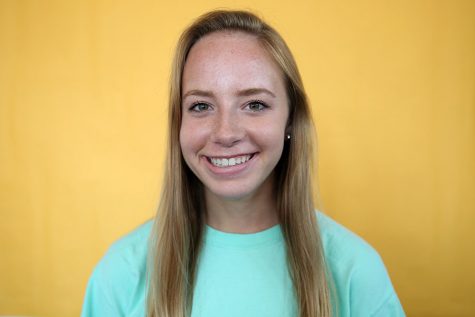
This is Brown's first semester on staff where she serves as a reporter for the EHS-hub. Brown enjoys playing soccer, hanging out with friends, and...
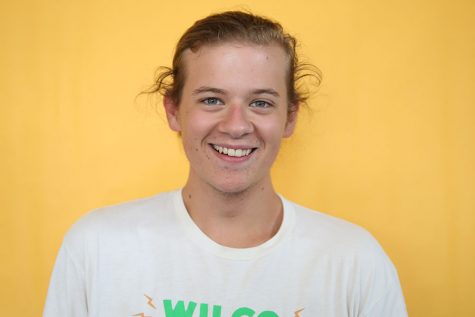
This is Margherita's fifth semester on staff where he serves as an opinions writer for the EHS_hub. Marghertia enjoys discovering new music, traveling...

This is Peterson's seventh semester on staff where she serves as the Managing Editor for both the Eurekana Yearbook and EHS-hub. Peterson enjoys sleeping,...







